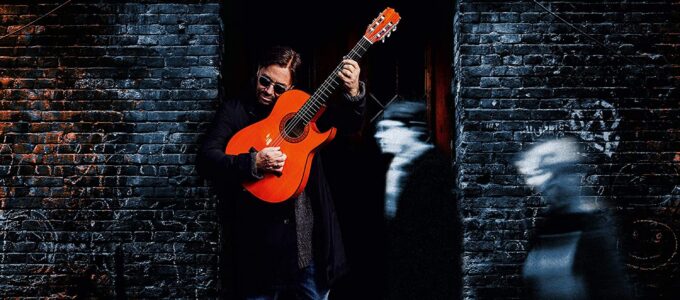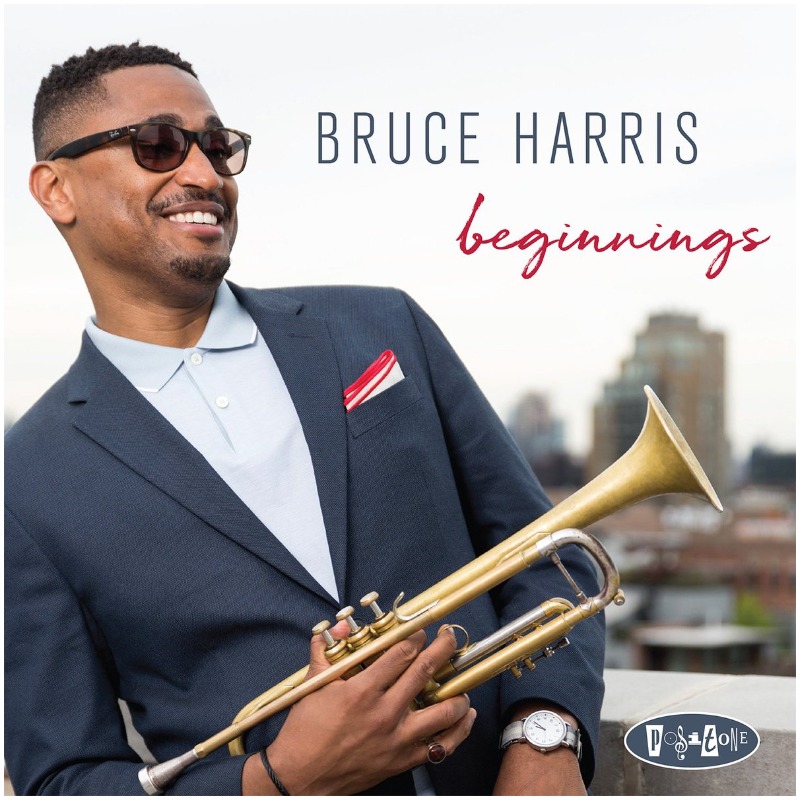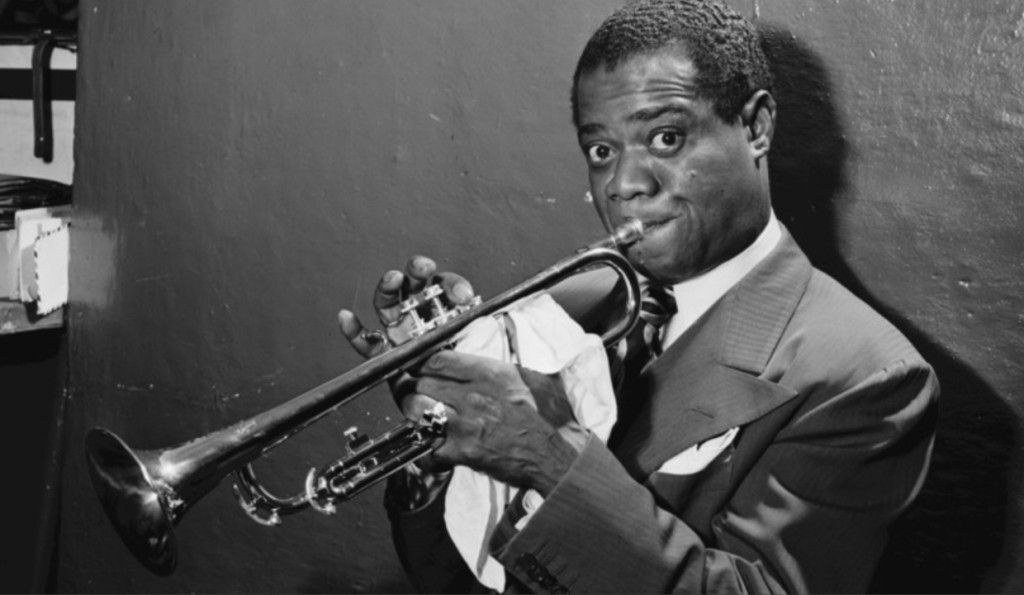
On January 1, 1913, Louis Armstrong attended a New Year’s Eve parade and shot six blanks from his stepfather’s .38 revolver. A policeman arrested him on the spot. Later that day, Judge Andrew Wilson sentenced the young boy to the Colored Waif’s Home, a reform school on the outskirts of New Orleans. The court considered his case serious enough to commit him for an indefinite period of time. His permanence in the Home, which ended up lasting around a year and a half, would have an incredible impact on his life.
Despite the shock of the arrest, Armstrong had been lucky. Prior to the establishment of the Colored Waif’s Home on November 1906, black boys who were arrested would be forced to mingle with the adult population of a parish jail. The man responsible for promoting the idea of a “colored” counterpart of a white Waif’s Home was Joseph Jones. Better known as Captain Jones, he was only 27 years old when he promoted his project to black lawyers, farmers and other community leaders. Eventually, Judge Wilson, the same man who would arrest Armstrong years later, was convinced that such an institution was necessary and used his power to set the wheels in motion.
The reform school was established in an old, abandoned and decaying building originally designed to house French orphans around seventy years earlier. It took forty years for the building to be completed. When it finally was, the Board of Health recognized that it was surrounded by a fetid malarial swamp. The swamp was drained at the turn of the century and in November 1906, the building was handed over to the Colored Branch of the Society for the Prevention of Cruelty to Children. The Waif’s Home was far from luxurious. Surrounded by barbed wire and looming over a mixture of graveyards and farms, Captain Jones ran the institution in a strict military-like way. The boys slept on bare bunks with a single blanket to cover them on cold nights. Anyone who tried to escape would be severely punished.

Despite the grim situation, Armstrong decided to make the most of his stay. He was helped in this regard by the fact that the Home ran a music program. Before entering the reform school, Armstrong had already embarked on the journey that would lead him to become a jazz icon. The Home, in fact, was neither the place where he was first exposed to music nor the place where he first discovered his interest in the cornet. Music in New Orleans was everywhere at the time and the best cornet players were known as “kings.”
Since its foundation in 1764, New Orleans had benefited from the amalgamation of musical and cultural influences from different parts of the world that would lead to its subsequent reputation as the “birthplace of jazz.” Yet none of these creative currents would be as forceful as the ones from the African American underclass. Taken forcefully from their homeland, native-born Africans became the slaves of the New World and brought along with them their own tradition of song and dance. For instance, at the start of the 19th century, hundreds of slaves would gather in Congo Square, now roughly where Louis Armstrong Park is situated, for mass rhythmic dance sessions. The tradition lived on until the turn of the century and its fall in popularity coincides with the rise of jazz bands.
According to his own tradition, Louis Armstrong was born in New Orleans, Louisiana, on July 4, 1900; an all-American baby boy, born in a terribly segregated region run by a society that wanted nothing to do with him or his kind. After his death, jazz critic Gary Giddins would successfully end one of jazz music’s most charming legends and uncover a birth certificate stating that he was actually born on August 4, 1901. At the time of his birth, his mother, Mary Albert, was just 15 and his father William, known as Willie, was 20 years old. By the time little Louis was baptized, his father had already have abandoned him. His father’s constant absence would leave a gap in his life that would be filled by music and a number of surrogate father figures, including cornetist King Oliver, his hero and mentor.
Some twenty years before Armstrong’s birth, Buddy Bolden was born. Bolden is certainly one of the greatest figures of jazz mythology. No recordings of his exist, no mention of his music appeared in print until 1933 and only one known photograph of him, posing with his band in 1905, survives to this day. Despite this, he is generally accepted as the world’s first jazz musician. His reign as “king” was short-lived. By 1906, he started showing signs of mental illness and was arrested after going on a rampage during a Labor Day parade. A year later, he was confined to the East Louisiana State Hospital, an insane asylum, where he lived until the end of his life in 1931. It would therefore, seem unlikely that Armstrong ever heard Bolden play, however his infatuation with the cornet came at a very early age and in his 1954 memoir, Satchmo: My Life in New Orleans, he recalled “Of course at the age of five I was not playing the trumpet, but there was something about the instrument that caught my ears. When I was in church and when I was “second lining” that is, following the brass bands in parades, I started to listen carefully to the different instruments, noticing the things they played and how they played them. That is how I learned to distinguish the differences between Buddy Bolden, King Oliver and Bunk Johnson. Of the three, Bunk Johnson had the most beautiful tone, the best imagination and the softest sense of phrasing.”
Music could be heard all around the city. The New Orleans, which would generally be recognized as the earliest fully formed style of jazz, evolved at second line parades, street corners, honky-tonks and red-light districts. Storyville, the city’s notorious red-light district that existed between from 1897 to 1917, would particularly reach legendary status, providing the perfect romanticized backdrop to the music’s popularization. While Storyville’s impact on the birth of jazz may have been exaggerated, its folklore status was promoted by many artists who were familiar with its environs, such as Armstrong and Jelly Roll Morton, the self-proclaimed “inventor of jazz.” Armstrong was a child when he first became acquainted with Storyville, selling stone coal fifteen cents a water bucket and lighting up the fires for an extra nickel. Accounts of his early life reveal that he was charged with the arduous task of supporting his family from as early as 5. It was the Karnoffskys, a family of junk peddlers of Lithuanian descent whom he worked for, who would buy him his first cornet. Bought cheap in a pawn shop, Armstrong’s first instrument was a rusty and beat-up B-flat cornet. He played it to attract customers’ attention to the Karnoffskys’ junk cart. In the years to follow, he would experiment with it constantly, showing early talents on his rudimentary instrument. At 11 years old, he dropped out of school for economic reasons and in an early attempt to earn some money from playing music, he joined a quartet of boys playing on street corners. Here, he also sang and employed comedic techniques that would become a prominent part of his act later on in his career.
He came to the attention of Bunk Johnson who would by many accounts, including Armstrong’s and Johnson’s own, become his first musical mentor. Johnson was probably the most controversial of the New Orleans “kings.” He had played in Buddy Bolden’s band, had exceptional musical talents, but was also marked by his many vices, including his excessive drinking. Unlike Bolden, however, Johnson was able to leave a number of recordings behind, thanks to a rising interest in the history of traditional “hot” jazz from critics, historians and musicologists in the ‘30s. Johnson would take Armstrong with him to the rough and dangerous honky-tonks where he played. There, he showed him the rudiments of how to play music. He would play him a few tunes and tell him to watch and listen. He would also show him how to hold the cornet, how to place his lips on the mouthpiece, tell him about the position of his tongue behind his teeth and so on. There was nothing formal about his training sessions and it certainly had nothing to do with reading music. This was due in part to early jazz musicians being skeptical about the concept of reading music in general. One of the reasons behind their skepticism was the fact that the music they played was built on improvisation and adopting the conventions of written music would threaten their freedom and spontaneous flights of fancy. The other reason was a fundamental fear of their music being stolen by other musicians. In the worst of cases, New Orleans musicians would be downright exploited. Armstrong would encounter this latter situation first-hand in his early days of music composing when a number he put together for his shows with trombonist Kid Ory’s band would be stolen from him by Clarence Williams, the city’s first black music impresario. The song would become one of the biggest hits of 1919, re-worked under the trendy title of “I Wish I Could Shimmy Like My Sister Kate.”
Johnson’s influence would become more evident to Armstrong in later years in New York City. He would use some of Johnson’s unusual blowing techniques as starting points upon which to expand an original style of blowing. Some of these techniques included his delayed entrances, his relaxed tempos and even a penchant for occasionally playing the wrong note during solos. These techniques would be expanded on immensely by Armstrong, whose trumpet solos would encourage the listener to hear what was not being played as well as the melody of what was. The end result would be a fully formed style that would influence many other musicians and would lead to him being acknowledged as the first soloist in jazz.
For most of his life, Armstrong learned things his own way. Even as a child, music seemed to come easy to him, even when everything else around him was not. As a school drop-out, he lacked a sense of direction. In addition, blacks were terribly discriminated, neglected and left in a condition of dire poverty, which inevitably gave rise to violence and hostility. It seemed virtually impossible for the man the world would come to know as Satchmo to stay out of trouble. By firing those six blanks, however, he was forced to straighten up his act. Captain Jones instilled discipline in him, with his rigorous military ways. Professor Peter Davis, who ran the school’s music program, was equally strict and was initially hostile to Armstrong, due to his coming from the infamous Liberty and Perdido streets, known as a particularly rough part of New Orleans. However, soon enough, Davis would give the young man a shot in the Home’s band. Armstrong started on tambourine and gradually went up the ranks in military fashion, promoted to the alto horn, the bugle and, finally, the cornet.
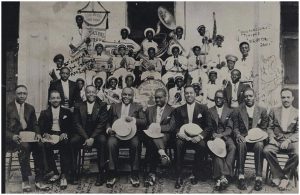
The Colored Waif’s Home Band would also perform at a number of events in New Orleans, especially at parades. When Armstrong was promoted to leader of the band, a world of opportunities opened up to him and he started to make a name for himself among the larger New Orleans community. Laurence Bergreen’s biography Louis Armstrong: An Extravagant Life tells the story of a Labor Day parade, in which the Waif’s Home band played behind Kid Ory’s. The trombonist was instantly impressed and years later, when King Oliver joining the exodus of New Orleans musicians going North, he would ask Armstrong to replace him in his band.
In terms of formal education, much like Johnson, Davis didn’t do much to improve Armstrong’s musicianship. For instance, he was not the one to teach him how to read music. That opportunity would come later, when pianist and bandleader Fate Marable, who led an orchestra on Mississippi riverboats, asked him to join his ensemble. His was a reading orchestra, therefore, in order to adapt, Armstrong had to learn to do that from his bandleader, who was incidentally also known for his schoolmaster-like ways. The Waif’s Home offered him instead with a chance to practice on the horn with regularity and showed him that there might be a future for him in music. Armstrong’s life, in many ways, is shaped by a succession of surrogate father figures that countered the neglect he experienced from his own absent one. That role would be filled by people like Joe Oliver, Fate Marable and, later, his manager Joe Glaser, whom he would openly refer to as his “daddy.” In this period of his life, the traditionally difficult period of early adolescence, Jones and Davis, with their strict ways, forced him to accept the benefits of discipline. They also rewarded him and punished him the way a father should. In a more institutional and general sense, he is the example of a successfully reformed young boy.
The wealth of autobiographical writings left behind by Armstrong allows us to see that he never forgot the Waif’s Home and remembered his time there fondly. When he left his hometown for New York in 1922, joining Oliver’s band and subsequently establish his own legacy there, he would not return for nine years. Upon his return, in 1931, he was given a hero’s welcome despite encountering a city that was still heavily marked by racial animosity. Many people were there to greet him; among them, Captain Jones and Professor Peter Davis, who invited him to the Home. In his book, Bergreen tells an interesting story about something that happened during his visit. As he wondered into his old dormitory, finding his own bunk, jumping on it, pulling up the sheet and closing his eyes, he fell asleep. This anecdote gives the idea of a sense of peace and relaxation that he had never known before entering the home as a kid and would never know again after leaving it. During his year and a half permanence in the institution, he still had a fair share of responsibilities but was allowed to be as thoughtless as he had never been before, unconcerned about having to earn money for his family through backbreaking labor or, regarding his situation in 1931, worlds away from gangsters threatening him for not fulfilling demanding obligations to perform at their venues as well as many other personal issues. Even now, as a successful jazz artist who was billed as “the greatest trumpet player in the world,” the Waif’s Home was the only place where he could truly feel at home.
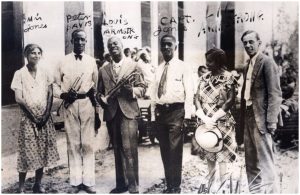
Featured photo: Library of Congress.

